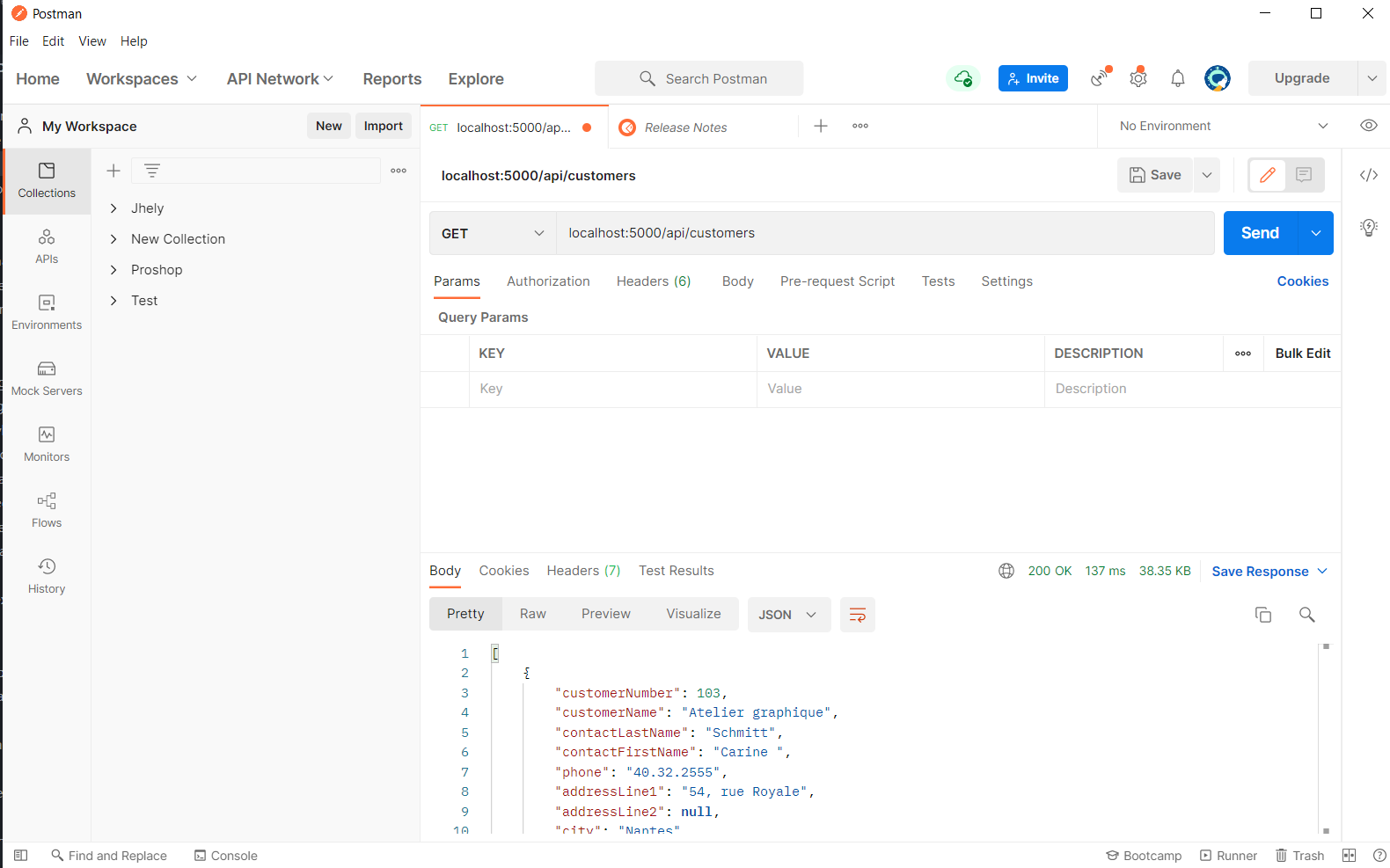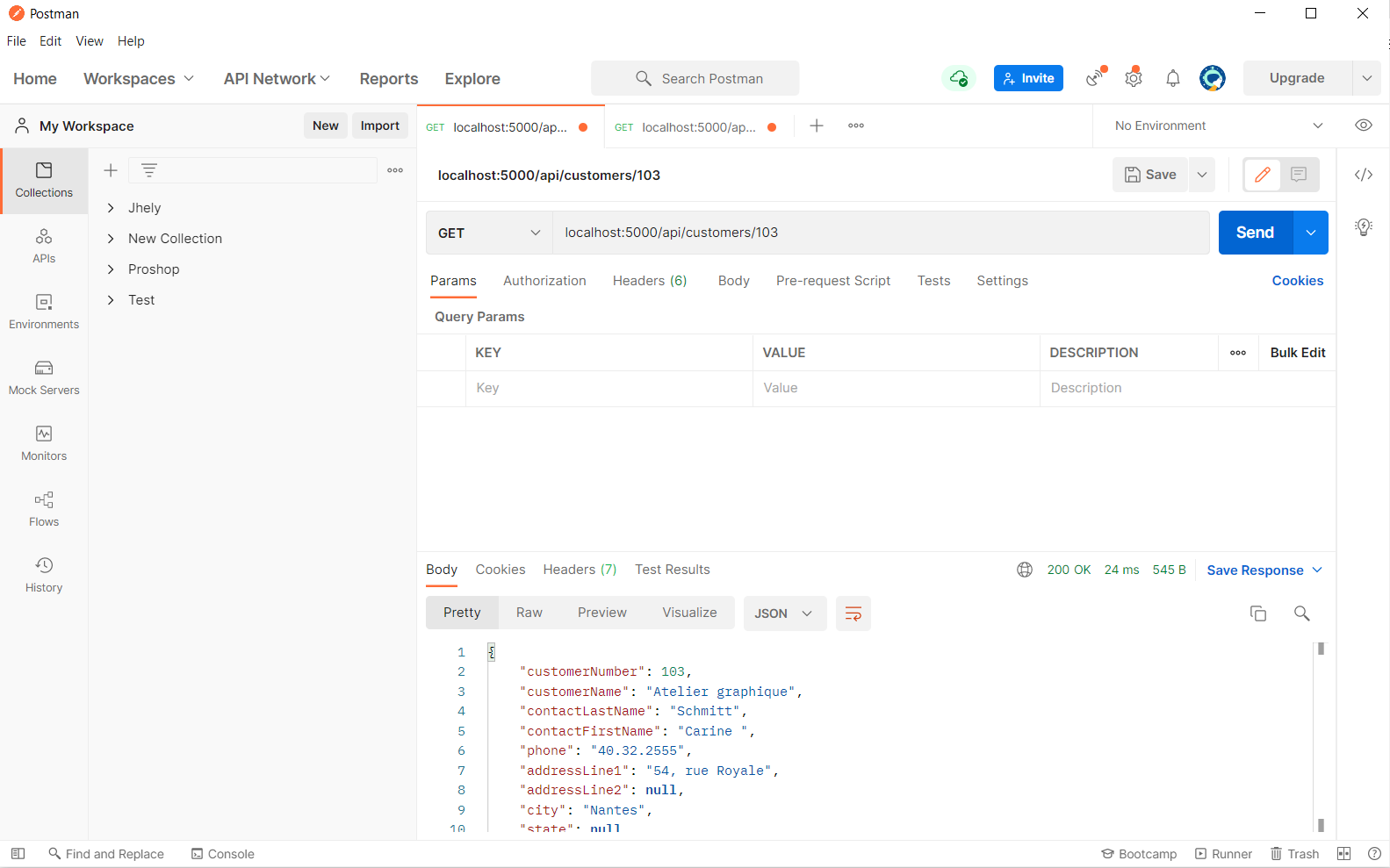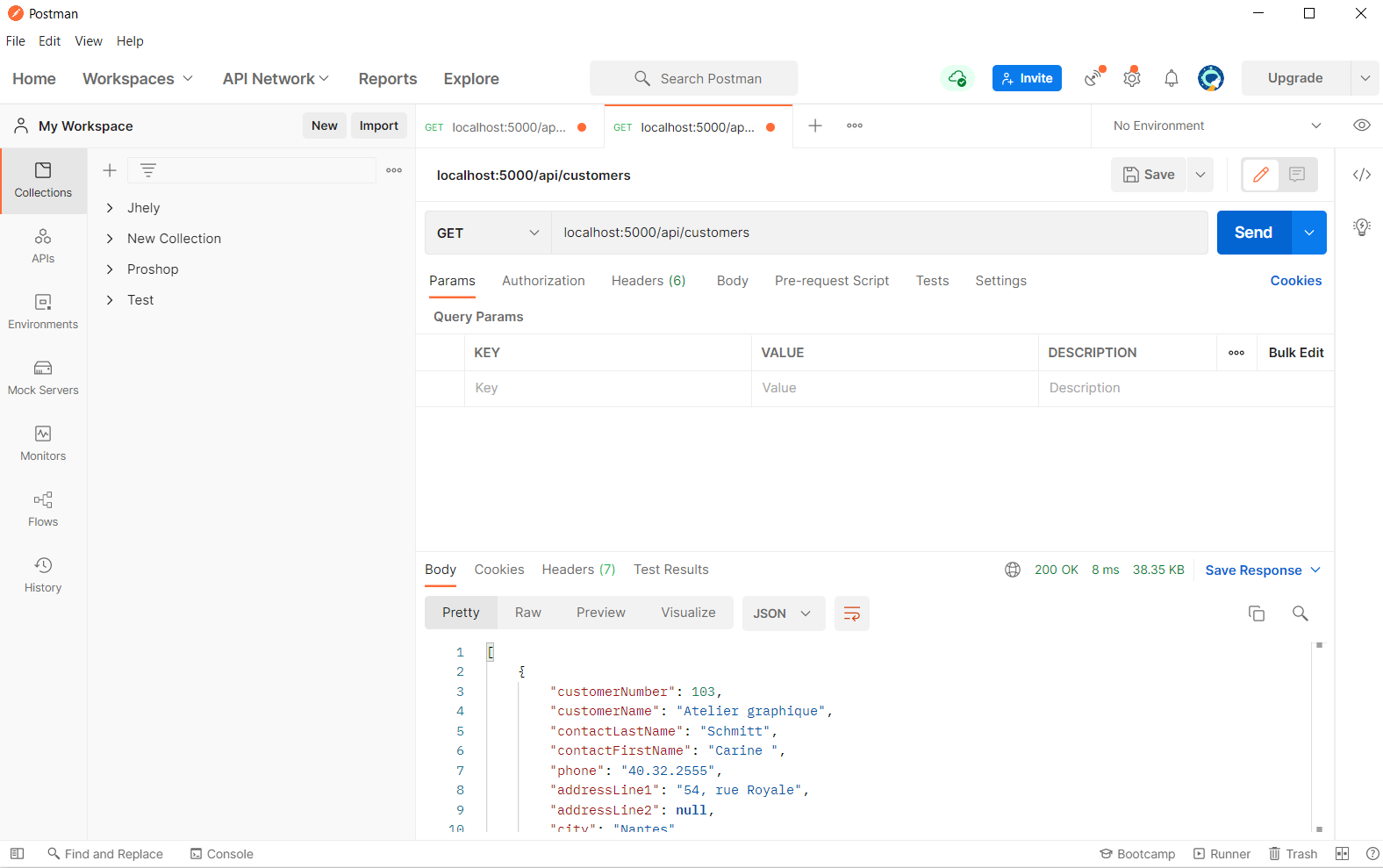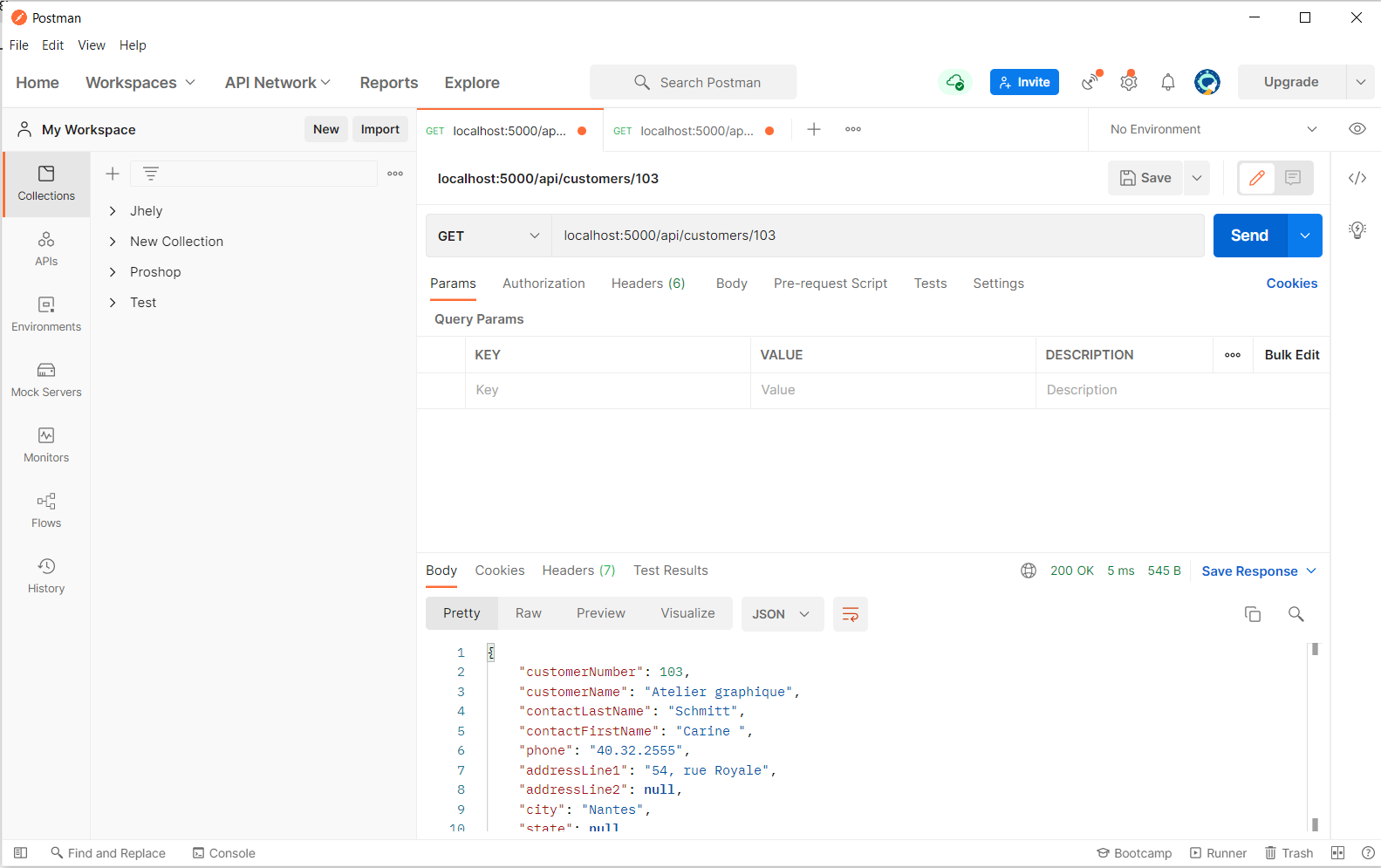Table Of Contents
- Introduction
- Prerequisites
- Configuring the API application
- Setup Database
- Initialize App
- Connect Prisma to DB
- Implement Caching
- Conclusion
Introduction
It can be a bit intimidating to interact with databases using database drivers. You’ll require a high level of understanding of the database you’re working with; it’s also not object oriented programming friendly. Object Relational Mappers make this easier by adding a layer of abstraction to the database, making it easier to deal with and speeding up the development process.
Prisma is an ORM that is commonly used in Node.js and Typescript backend applications. It has a number of distinguishing characteristics that set it apart from other ORMs. It features a clean architecture and excellent documentation that aids new developers. It also facilitates dealing with a database with a robust api.
Caching is a technique used in high-demand applications to improve application performance. It works by storing frequently accessed data in a fast access temporary memory. This in turn reduces the workload on the database, ensuring a better optimized application.
This article will cover how to achieve database caching with prisma.
Prerequisites
- NodeJS
- MySQL
Configuring the API application
Setup Database
For this project, we will be using a sample database provided by MySQLTutorial.org. To download the database, enter this command on your terminal.
curl -o db.zip [https://www.mysqltutorial.org/wp-content/uploads/2018/03/mysqlsampledatabase.zip](https://www.mysqltutorial.org/wp-content/uploads/2018/03/mysqlsampledatabase.zip)
Then, we unzip the file (as it’s stored in a zip format)
unzip db.zip
And import it into our mysql server.
# For other sql files, you might have to create a database before importing
sudo mysql
# Within MySQL
mysql> source mysqlsampledatabase.sql;
mysql> exit;
We now have a database to work with 😄. Here are the tables in our database

Setup Project
We create a project folder and initialize npm
mkdir my-api && cd my-api
npm init -y
Then, we install our api’s dependencies
npm i -D nodemon
npm i @prisma/client dotenv express node-cache object-hash
Explain what each dependency does
We then create files
touch app.js server.js .env
mkdir prisma
touch prisma/schema.prisma
Explain what you did
And edit the .env file with the port and the database connection string
DATABASE_URL = "mysql://{USERNAME}:{PASSWORD}@{HOST}:{PORT}/{DATABASE}?schema=public"
PORT = 5000
and setup a working server
const express = require("express");
const dotenv = require("dotenv");
dotenv.config();
const app = express();
module.exports = app;
// server.js
const app = require("./app");
const dotenv = require("dotenv");
dotenv.config();
const port = process.env.PORT || 5000;
const server = app.listen(port, () => {
console.log(`API running on port ${port}`);
});
And finally, a script to run our server, within package.json
{
"scripts": {
"dev": "nodemon server.js"
}
}
To run the application, enter npm run dev on your terminal
Connect Prisma to DB
In order to connect prisma to our mysql database, we need to create the schema file
mkdir prisma && cd prisma
touch schema.prisma
Then, we add this to our schema
generator client {
provider = "prisma-client-js"
}
datasource db {
provider = "mysql"
url = env("DATABASE_URL")
}
Explain why
Now, our schema doesn’t reflect what we have in our database. Luckily, prisma has a function which imports the current state of the database
npx prisma db deploy
Now, to make our app work with our db, we use the prisma dependency we installed
cd ../ && mkdir database
touch index.js
And we edit index.js
const { PrismaClient} = require("@prisma/client")
const prisma = new PrismaClient();
module.exports = prisma;
Nice, now, we create routes to test that our db setup is working, we will be working with the customers table
Edit app.js
// Other imports above
const prisma = require('./database')
dotenv.config();
const app = express();
app.get("api/customers", (req, res) => {
const customers = await prisma.customers.findMany();
return res.status(200).json(customers);
})
app.get("/api/customers/:num", async (req, res) => {
const customer = await prisma.customers.findUnique({
where: {
customerNumber: parseInt(req.params.num),
},
});
return res.status(200).json(customer);
});
module.exports = app;
Now, we test our api using postman = Define postman briefly

All Customers

Unique Customer
Now this looks fine, but imagine if you had a thousand requests for the same query, that would be massively slow down the application. That’s where caching comes in
We are going to implement a simple cache using node-cache. In production environments, it’s better to use a dedicated caching system like redis as node-cache uses the RAM of the node application. Prisma doesn’t offer caching, however, it uses middlewares, so we are going to use the prisma middleware function to cache our requests.
// index.js
const { PrismaClient } = require("@prisma/client");
const NodeCache = require("node-cache");
const hash = require("object-hash");
const prisma = new PrismaClient();
const app_cache = new NodeCache({ stdTTL: 24 * 60 * 60 }); // In Seconds
prisma.$use(async (params, next) => {
if (
params.action == "findMany" ||
params.action == "findUnique" ||
params.action == "findFirst"
) {
const queryKey = hash(params);
const savedCache = app_cache.get(`${queryKey}`);
if (savedCache == undefined) {
const cache = await next(params);
app_cache.set(`${queryKey}`, cache);
return cache;
}
return savedCache;
}
return await next(params);
});
module.exports = prisma;
Explain Code
Now, we test the same routes again

All Customers

Unique Customer
There has been a massive improvement from 137ms to 8ms for the customers route, also, for the unique customer route, we have seen an improvement from 24ms to 5ms. Massive …
